Chernobyl 30th Anniversary: Photos And Facts 30 Years After Worst Nuclear Disaster

Thirty years ago Tuesday a reactor at the Chernobyl Nuclear Power Plant exploded, releasing radioactive chemicals into the air over Ukraine and Belarus and cementing the town of Chernobyl's dark place in history. The meltdown killed about 30 people immediately and lead to the evacuations of thousands from the nearby town of Pripyat.
The disaster, caused by human error and faulty design, is still considered the world's worst nuclear accident. Estimates from nongovernmental bodies have put the total eventual death toll from related illnesses as high as 734,000, according to Reuters.
"There was something hypnotic about it. There was a light, a neon light, glowing around the reactor in the darkness — this was in the middle of the night," a survivor identified only as Yuri told Al Jazeera in 2006. "I remember looking at this light, and then deep down inside me something told me to get out of there, to go — that this light was going to kill me."


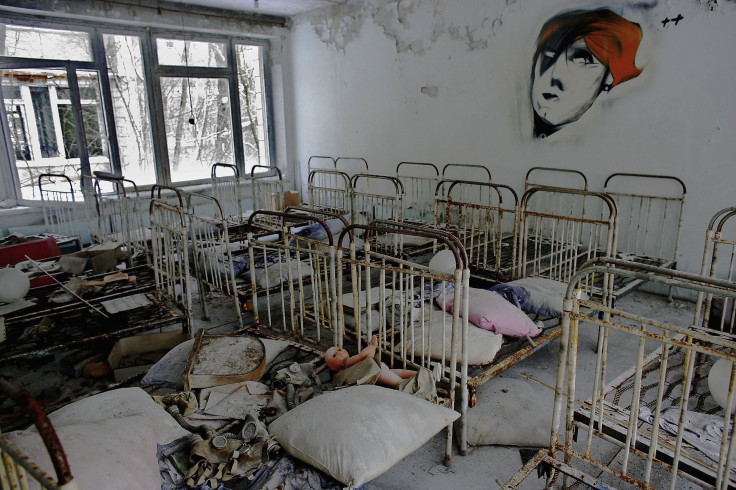
The April 26, 1986, tragedy caused authorities to take the power plant offline and later inspired accusations of a cover-up that preceded the 1991 dissolution of the Soviet Union. It also resulted in the installation of a cover, nicknamed the Sarcophagus, to contain the 200 tons of radioactive material inside the wrecked reactor.
But three decades have passed, and the Sarcophagus has recently begun to crack. Workers are now creating a steel arch — called the New Safe Confinement — to put over the Sarcophagus and keep the radiation in for another 100 years, the Wall Street Journal reported. It should be done next year.
Survivors are still reporting health issues like thyroid cancer and encountering birth defects. Even though the 2,000-square-mile region around the ruined power plant is mostly abandoned, CNN reported up to 5 million people are said to live in contaminated territories.
"One girl at my school had six fingers on one hand. My thyroid gland is permanently enlarged, and the fear of cancer will never leave me or my family," Reuters reporter Nastassia Astrasheuskaya wrote in a 2011 essay. "But there is nothing I can do now, other than stay away from those fenced forests and fields."


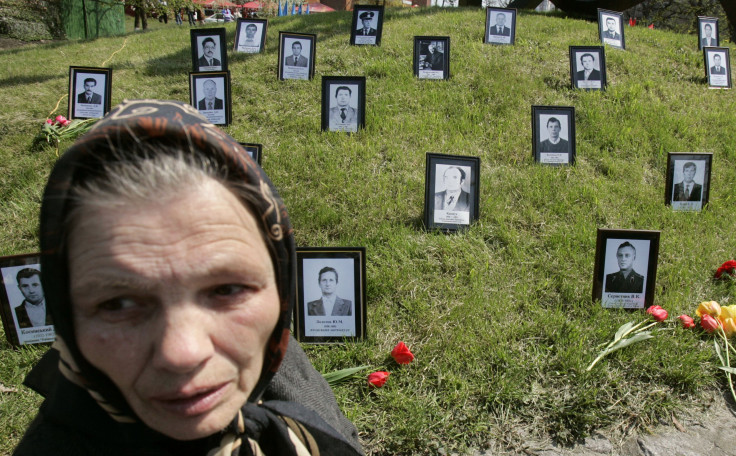
Tourists have been able to visit Chernobyl since 2011. They frequently encounter animals that have taken over the village, among them moose, bison, foxes, horses, beavers, deer, owls, bears, wolves and lynx, all of which have been ingesting radiation for years, according to National Geographic.
"Chernobyl is more than a technological accident belonging to the past; it is a catastrophe that has an effect on the present and constructs and determines the future," sociologist Guillaume Grandazzi wrote for Eurozine in 2006. "As we move further away in time from the accident, as our memory of it fades and as the witnesses die, it becomes more and more obvious that the issue of Chernobyl has a continued presence and urgency. This makes it problematic to commemorate this past which refuses to pass away."
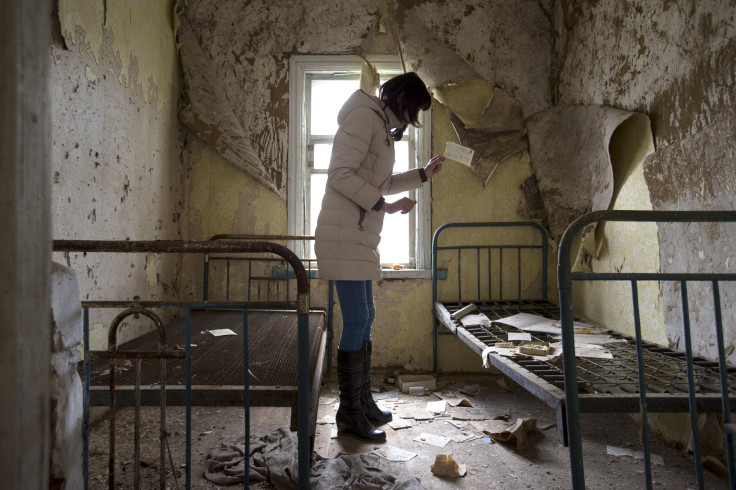
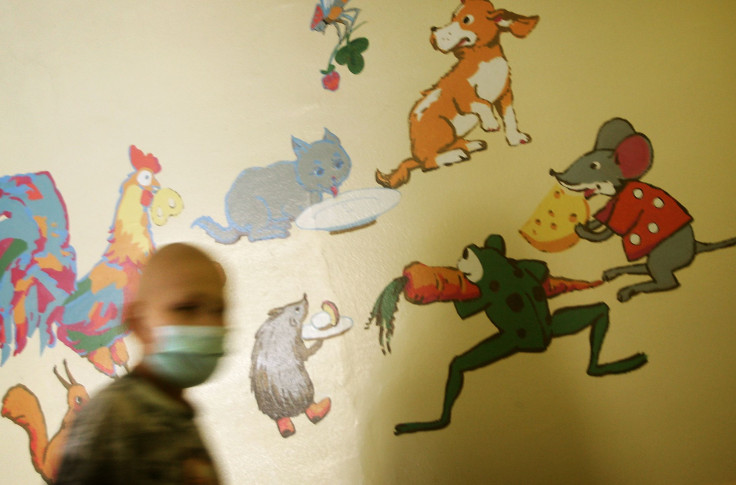
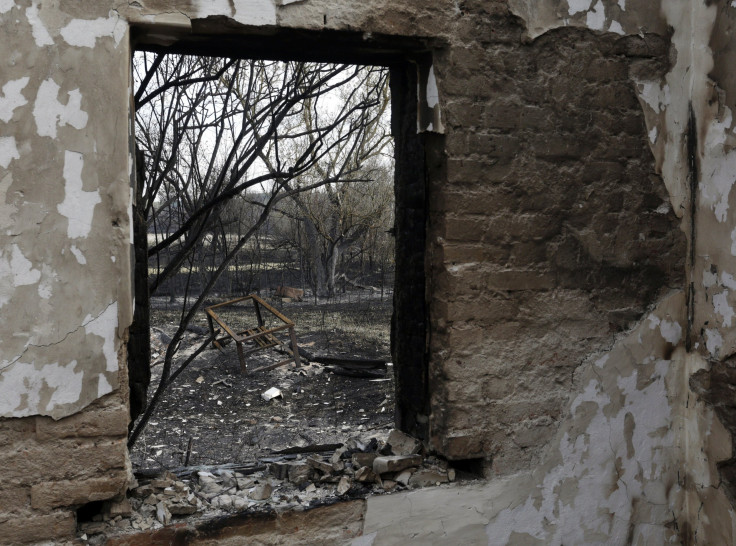
© Copyright IBTimes 2024. All rights reserved.






















